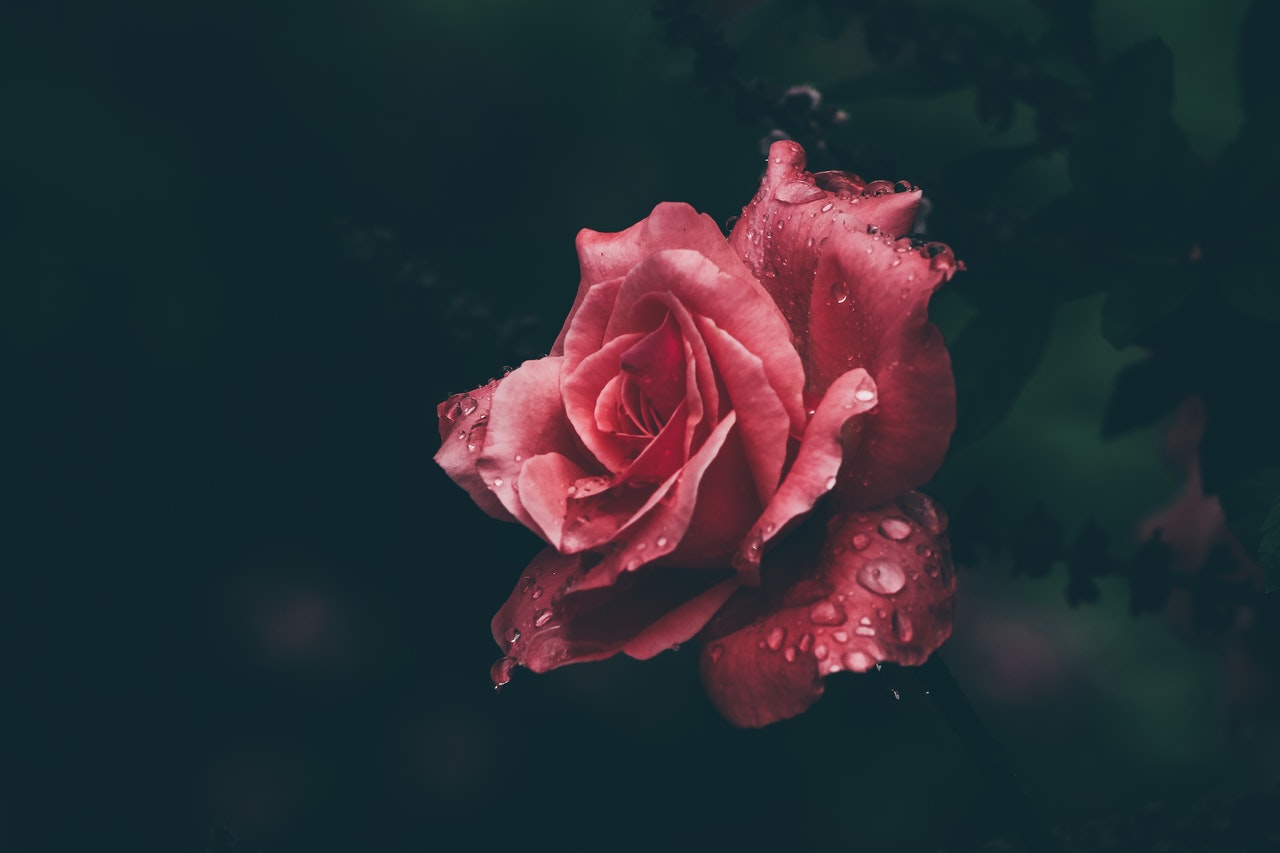Is the art of putting ink on canvas with the calculated stroke of a brush still relevant in an age where unmade beds, pickled sharks or inflatable animals have become much sought-after commodities in the art world?
While their peers in the West are busily tinkering with their assemblages and installations, artists in our backyard are still using the paint, brush and canvas as tools of artistic representation to great effect. Contemporary Thai artist Natee Utarit is one such prolific painter who has painted his way to success. About 70 of his works, some dating back to 1991, is showing at the Singapore Art Museum for his biggest show yet.
Praised by museum director Tan Boon Hui for being one of the most conceptually rich and technically sophisticated painters, After Painting surveys the artist’s vast repertoire as well as discussing the state of painting in Southeast Asian art today.
“The title, After Painting, is an apt reflection of that and what the show hopes to explore and answer—if the medium is still a relevant mode of creative expression,” explains curator Michelle Ho. The show is divided into four sections: Paintings as Narrative, Paintings About Paintings, Paintings After Photography and Beginning After Painting to fully demonstrate the artist’s artistic journey and conceptual development, as well looking at new possibilities of using the medium as a form of creative expression.
Using traditional Western techniques, particularly landscape and still life, Utarit detaches and deconstructs familiar signs, symbols and objects as a way to evoke conversations on Thai politics, history and nationalism. He paints contemporary Thai landscapes on top of paintings of classical works from the likes of Titian and John Constable to question the traditional belief in the truth of images as well as painting a triptych of his mother’s back profile to create a dialogue on the art of seeing and perception.
Perhaps the work that most stands out will be “Tales of Yesterday, Today and Tomorrow” (2009), a quasi-photorealistic depiction of characters from popular fairy tales and stories with a couple, probably a king and queen, looking down at their subjects. The artist reveals that the painting is about how fairy tales affect our understanding of society, perhaps alluding to the tumultuous political situation back home; that despite the veneer of normalcy, everything is just but a fairytale.
“Life itself is like a fairytale, a myth where we dream of ‘happily ever after’,” says the artist. “Myth is also steeped in Thai culture and that is especially so in Thai politics,” he continues while explaining a trio of brightly colored still lifes—a painting of green soldier men figurines standing in between a painting of a yellow skeleton and one of a red skeleton—as a commentary on recent political developments in Thailand.
With artists like Utarit and more like him around Asia, painting their way forward and changing the way how the medium can perpetuate societal discourse, it’s safe to say that paintings will still have its space on the wall.





